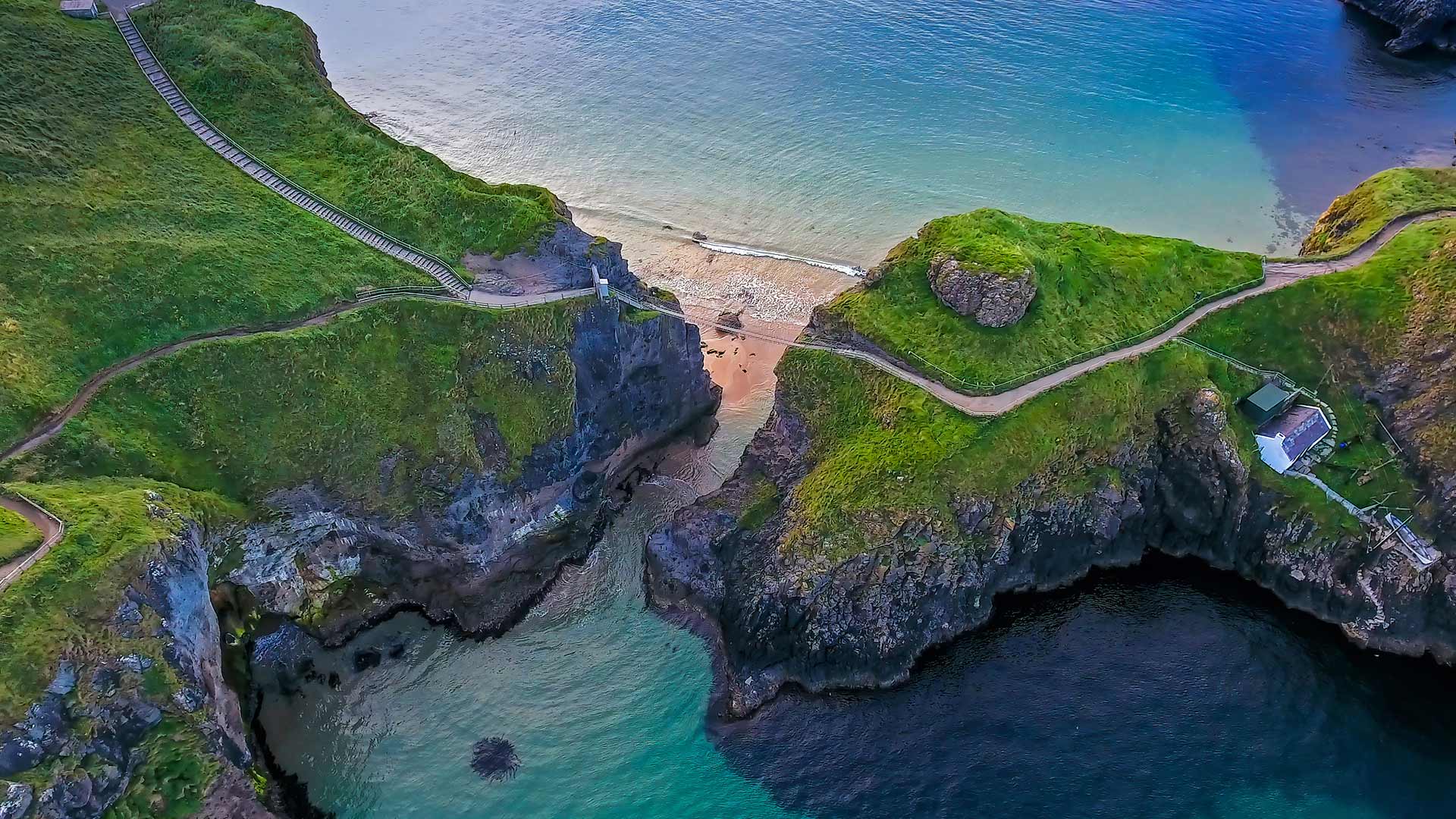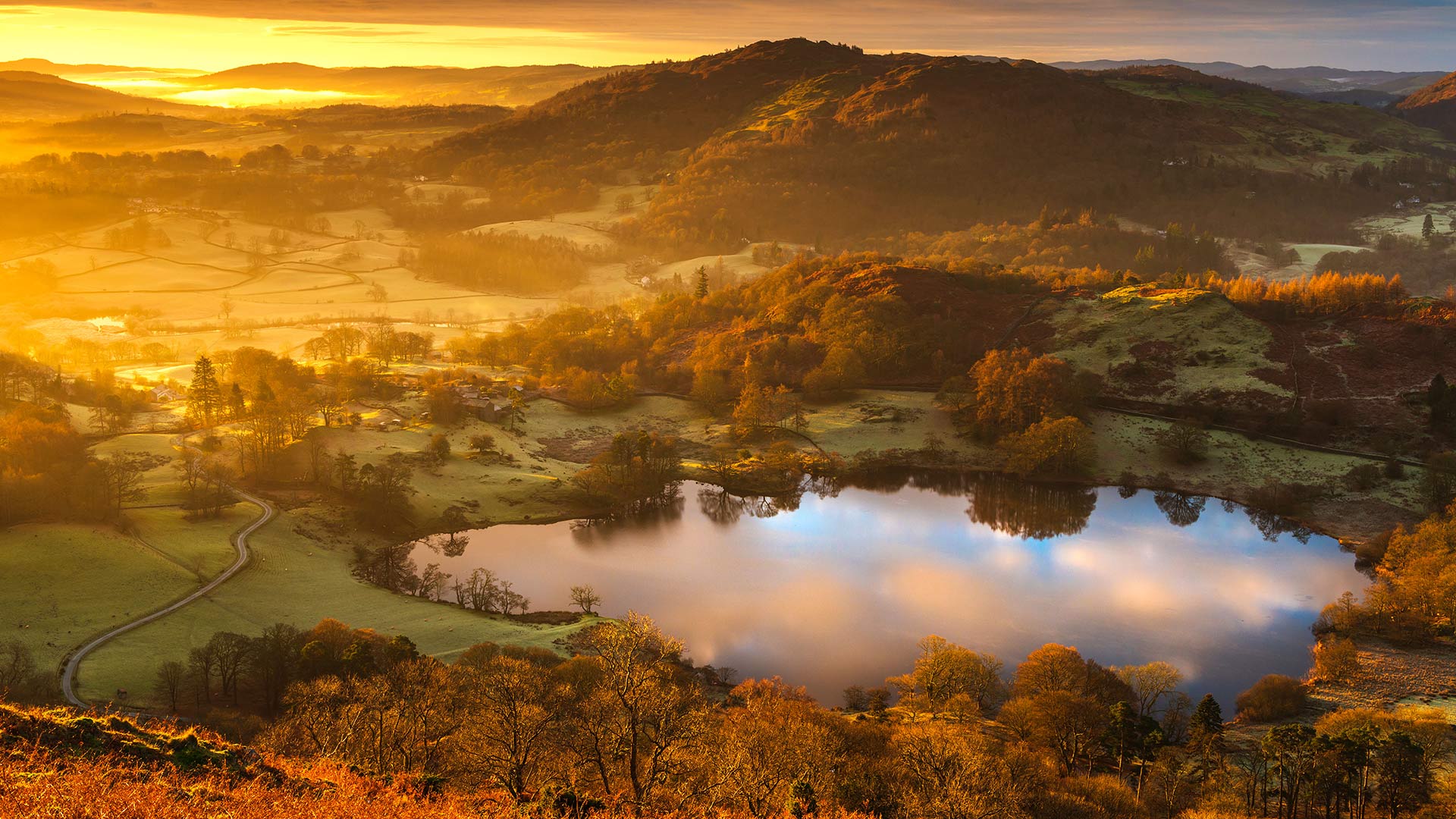At the Kistefos Museum's sculpture park in Norway, The Twist bridges the Randselva River via a multipurpose walkway (© Laurian Ghinitoiu)
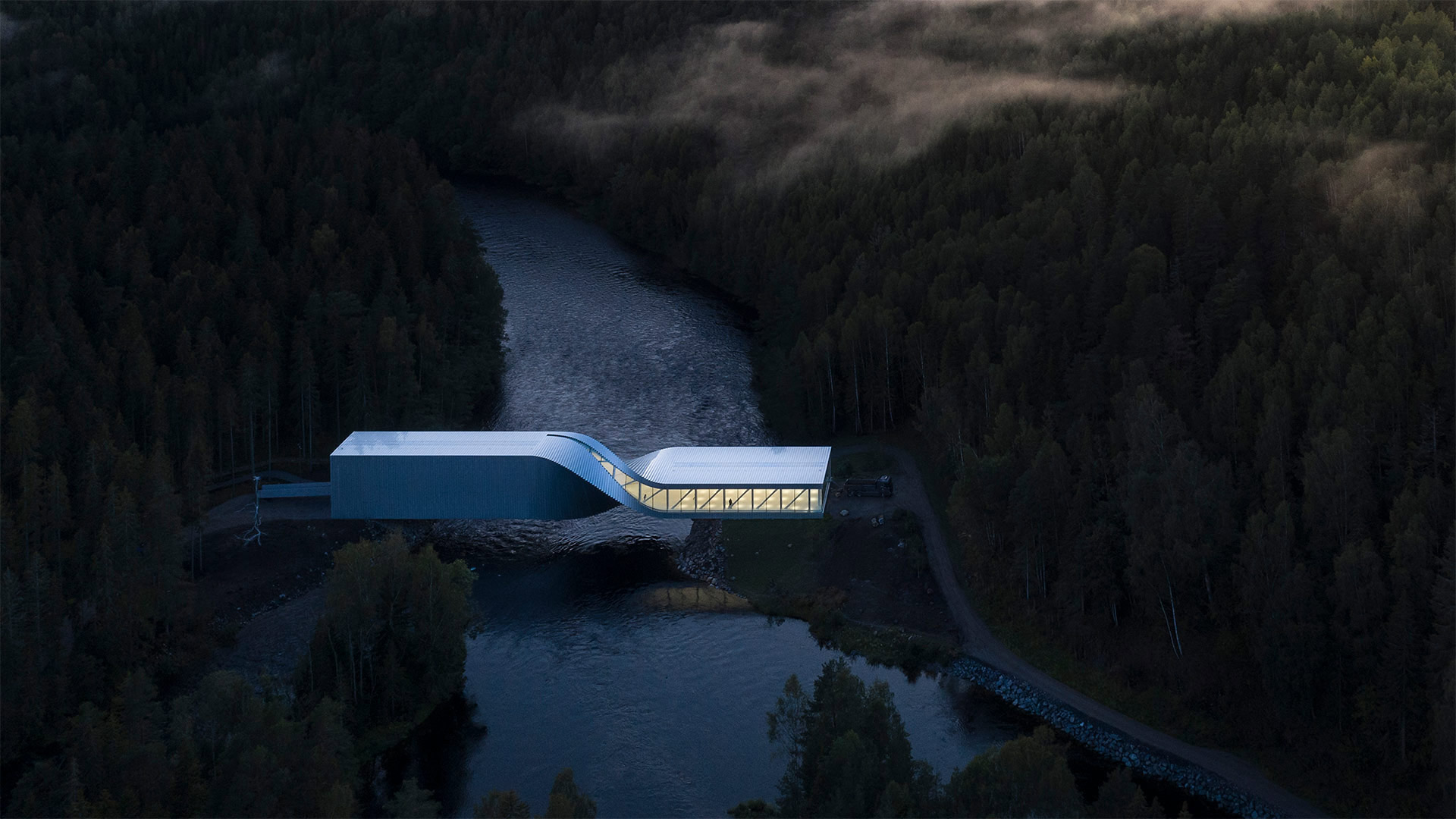
At the Kistefos Museum's sculpture park in Norway, The Twist bridges the Randselva River via a multipurpose walkway (© Laurian Ghinitoiu)
What a twist
No, it's not a sci-fi movie set—but maybe it should be. The Twist seems like an intrusion from the future amidst the dense woods and preserved historic buildings of Jevnaker, Norway, home to the Kistefos Museum's sculpture park. The Twist is a bridge, but also an art gallery. Its unique construction features straight slats set at increasing angles as one moves toward the center—'like a stack of books,' as its architects at the Bjarke Ingels Group describe it—to create a 90-degree turn where a wall becomes the ceiling and vice versa.
Situated about an hour's drive from Oslo around a defunct wood pulp mill on the Randselva river—which the Twist spans—Kistefos boasts a collection of works by Anish Kapoor, Claes Oldenburg, and other notable artists. The Twist, which opened in fall 2019, will be a space for rotating (pun intended) art exhibitions and even music performances. Its 2020 season won't kick off until May 24, so it's not too late to book that flight to Norway.
连接巴林托伊附近两处悬崖的Carrick-a-Rede索桥,北爱尔兰安特里姆 (© NordicMoonlight/iStock/Getty Images Plus)
中央公园,纽约 Central Park, New York City (© Tony Shi Photography/Getty Images)
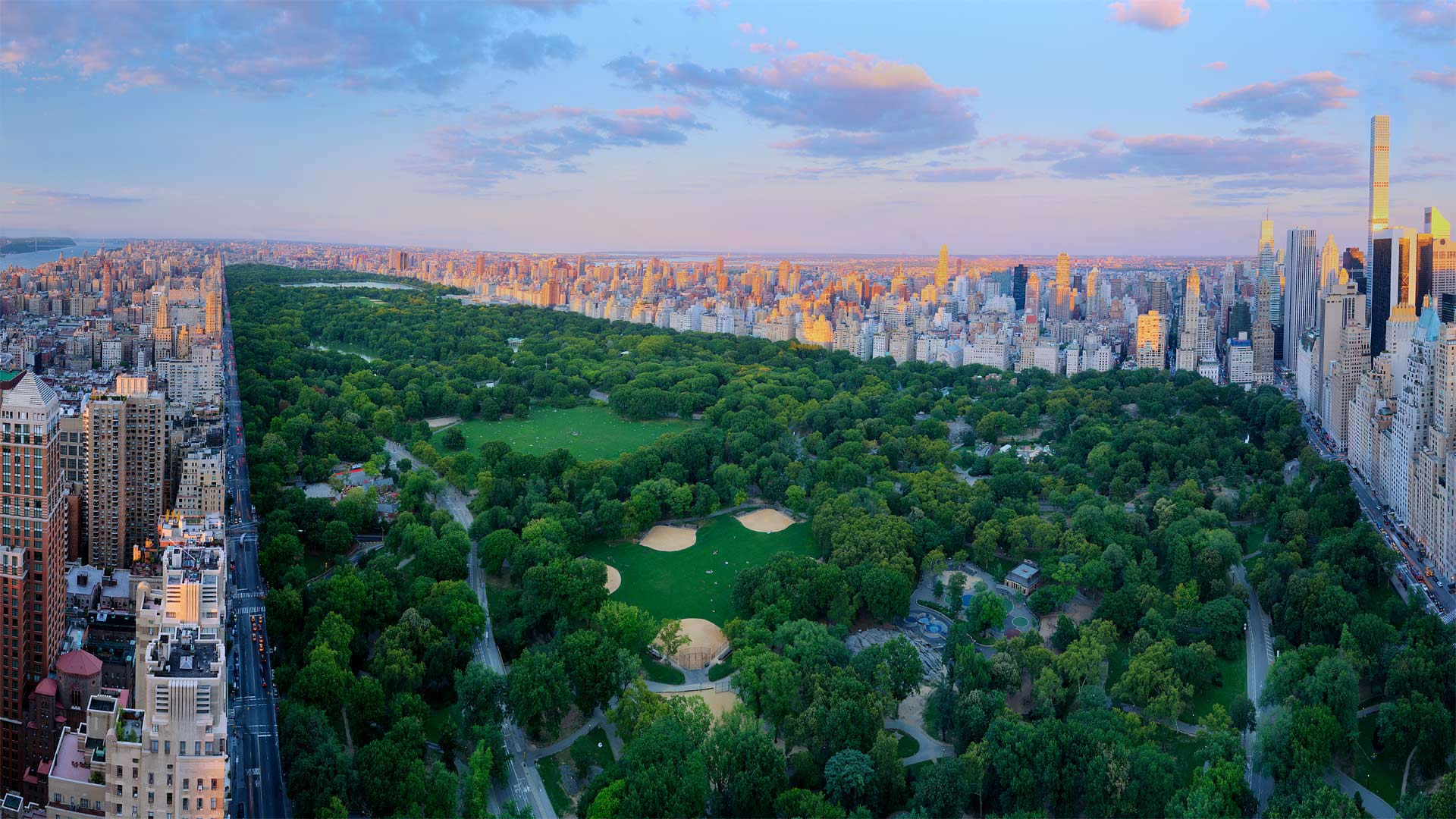
中央公园,纽约 Central Park, New York City (© Tony Shi Photography/Getty Images)
Central Park early spring day
As the saying March goes in like a lion and out like a lamb. The Central Park in New York welcomes its picturesque spring as many areas in the US start to warm up.It is the fifth-largest park in New York City by area, covering 843 acres (3.41 km2). Main attractions of the park include landscapes such as the Ramble and Lake, Hallett Nature Sanctuary, the Jacqueline Kennedy Onassis Reservoir, and Sheep Meadow. As much a part of the city’s image as the Statue of Liberty and Times Square, leafy Central Park is the green heart of the Big Apple. A template for hundreds of urban parks around the world, the huge green space stretches 51 blocks through the middle of helter-skelter Manhattan.
悬崖边的福门托尔角灯塔,西班牙马略卡岛 Formentor lighthouse at the tip of Cap de Formentor, Mallorca, Spain (© Lasse Eklöf/DEEPOL by plainpicture)
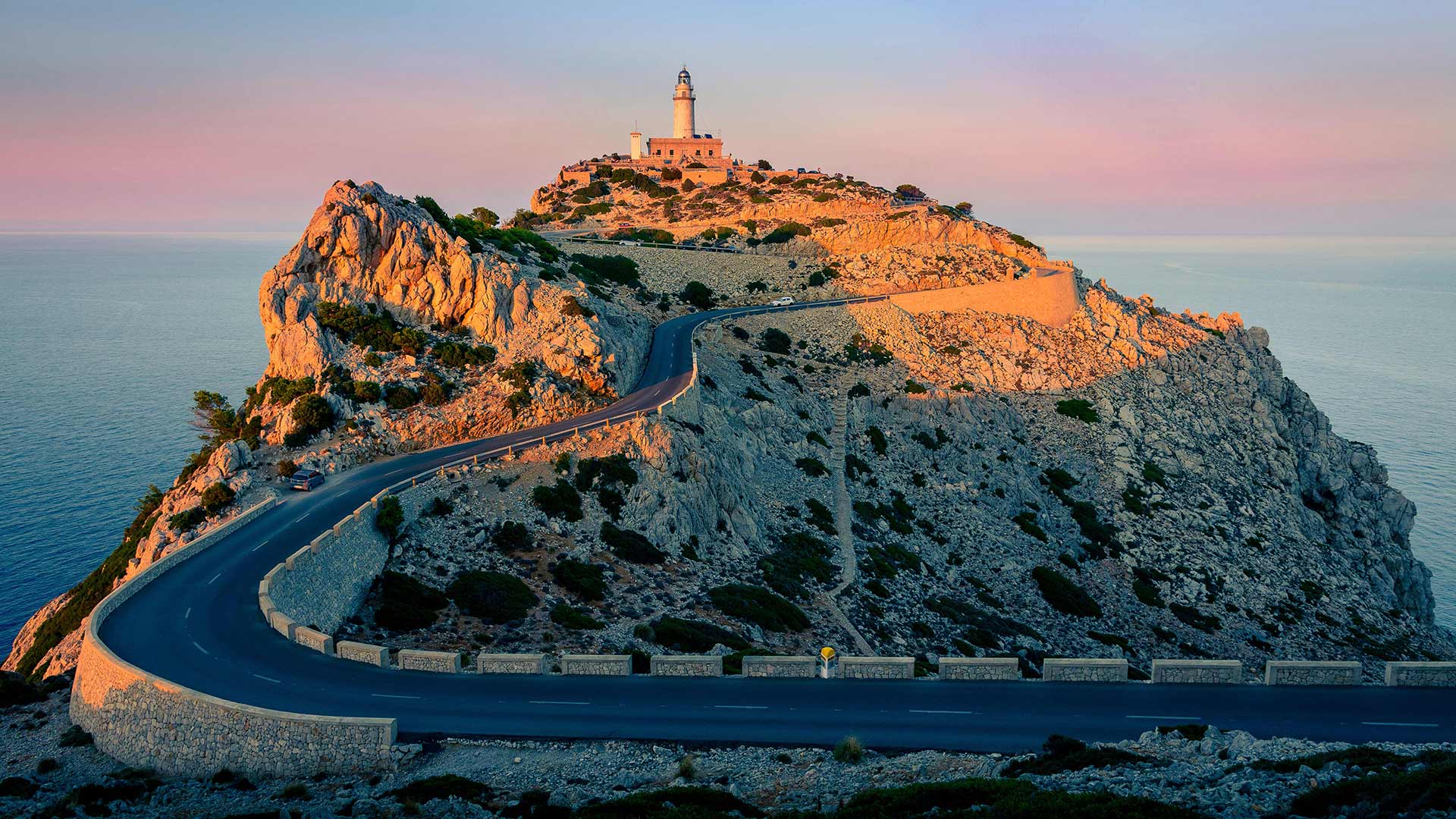
悬崖边的福门托尔角灯塔,西班牙马略卡岛 Formentor lighthouse at the tip of Cap de Formentor, Mallorca, Spain (© Lasse Eklöf/DEEPOL by plainpicture)
The meeting point of the winds
We're at the northernmost tip of Mallorca's rugged Cap de Formentor, a seven-mile long slab of rock that's home to one of the most picturesque lighthouses on the Mediterranean Sea. Built atop this Spanish island in 1863 at 689 feet above sea level, the beacon still shines (by solar power now), protecting ships from the rocky coastline below. The wild and rugged Cap de Formentor is accessible by a twisty road that offers incomparable views along the way—including several beautiful beaches and, since 1929, the Hotel Formentor, a glamorous icon for Mediterranean jetsetters. During its heyday in the mid-20th century, the hotel was a destination for writers and celebrities such as Charlie Chaplin, Elizabeth Taylor, Audrey Hepburn, Grace Kelly, and the Prince of Monaco. Today, the cape is less known for its star-studded past and more for protecting and conserving its natural and unspoiled beauty.
鸟瞰蒙特雷附近的大苏尔海岸线,加利福尼亚州 Aerial view of the Big Sur coastline near Monterey, California (© Blue Planet Archive/Alamy)
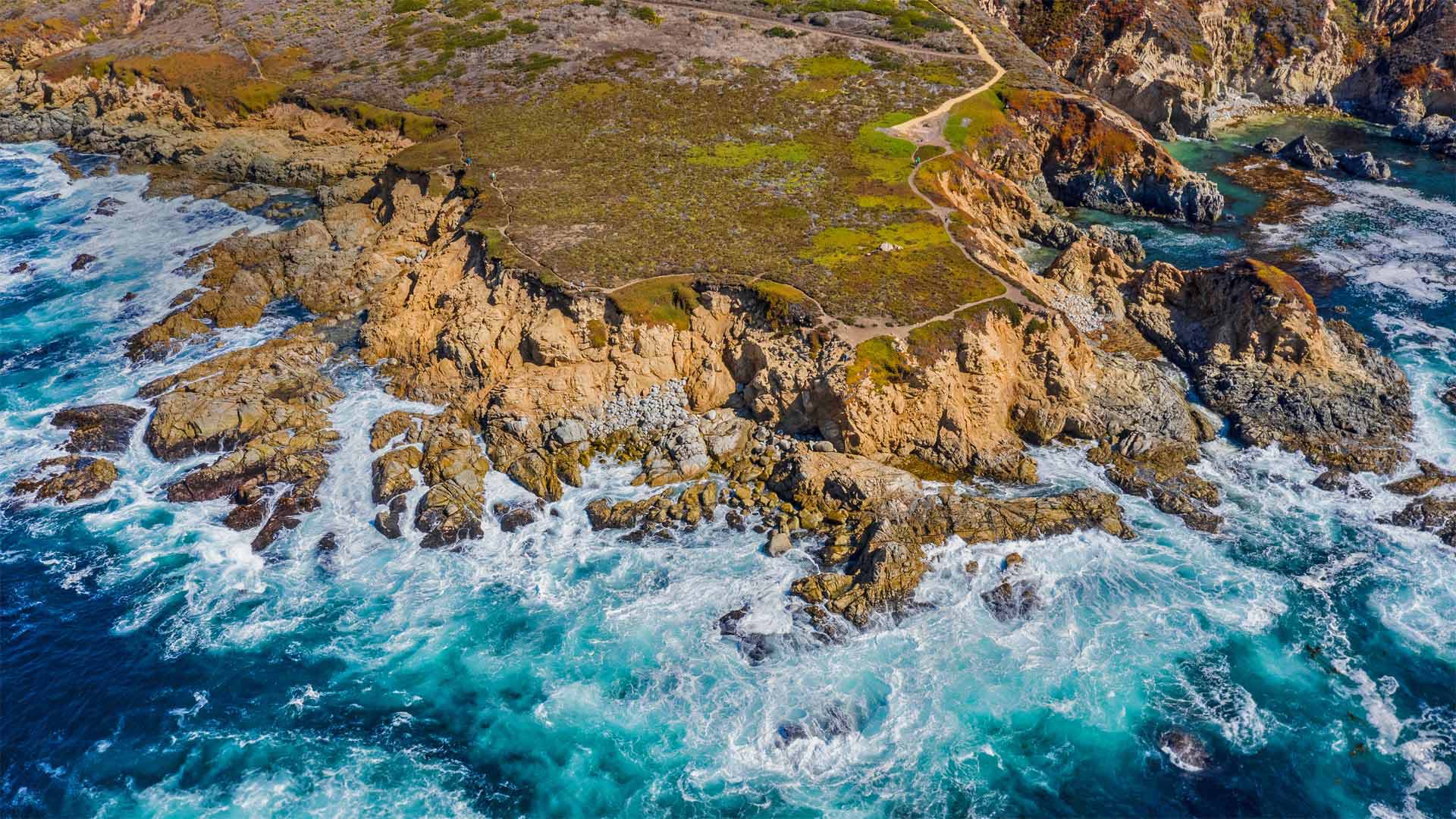
鸟瞰蒙特雷附近的大苏尔海岸线,加利福尼亚州 Aerial view of the Big Sur coastline near Monterey, California (© Blue Planet Archive/Alamy)
Gray days ahead in Monterey
Grey whale migration is a rare scenery, thousands of gray whales, many with calves in tow, swim by this part of the Pacific coast as they migrate from the warm waters of Baja California to their summer feeding grounds in the Bering Sea. Come winter, they pass by again on the swim south. The entire roundtrip route clocks in at about 12,000 miles, making gray whales among the longest migrators of animal kingdom. Because they travel close to the coastline, it's also one of the few whale migrations you can see from shore.
拉德克利夫图书馆,英国牛津 The Radcliffe Camera, Oxford, England for Tolkien Reading Day (© Joe Daniel Price/Getty Images)
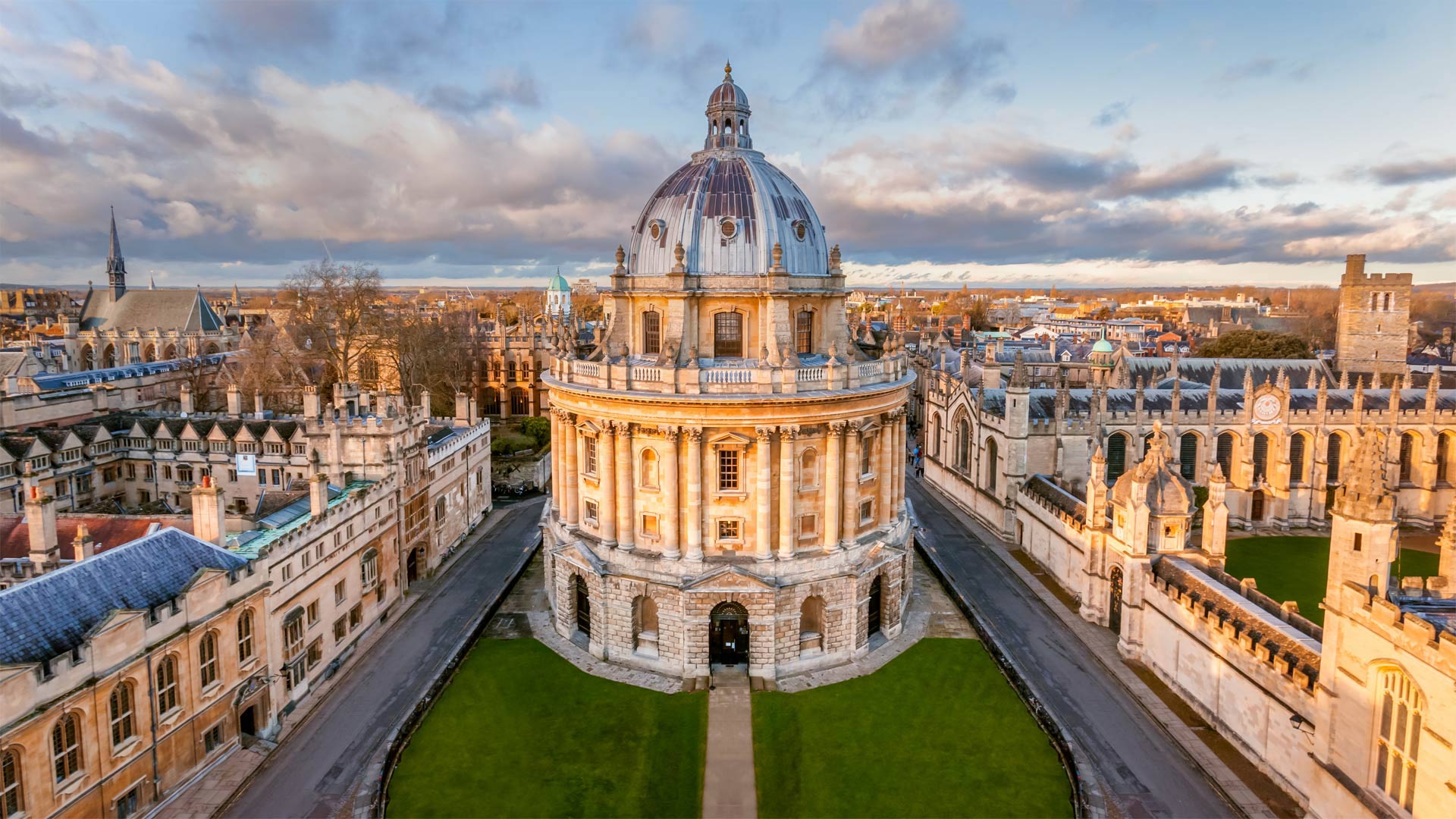
拉德克利夫图书馆,英国牛津 The Radcliffe Camera, Oxford, England for Tolkien Reading Day (© Joe Daniel Price/Getty Images)
It's Tolkien Reading Day
For Tolkien Reading Day, we're featuring Oxford University's Radcliffe Camera, home to the world's largest archive of J.R.R. Tolkien's original manuscripts and drawings. While Tolkien never worked in the Radcliffe Camera (Latin for 'room'), he both studied here at Oxford (graduating in 1915 with first-class honors in English language) and taught here as a professor of Anglo-Saxon and later as a professor of English language and literature.
During his years at Oxford, Tolkein wrote 'The Hobbit' and its sequel, 'The Lord of the Rings,' along with other books and research. In 2003, the Tolkien Society organized the first Tolkien Reading Day to celebrate and promote the works of Tolkien. They selected March 25 since it was the day that the Dark Lord Sauron was defeated and the Black Tower destroyed in the 'Lord of the Rings.'
Time-lapse video of lenticular clouds over Mount Rainier, Washington (© Delrious/Shutterstock)
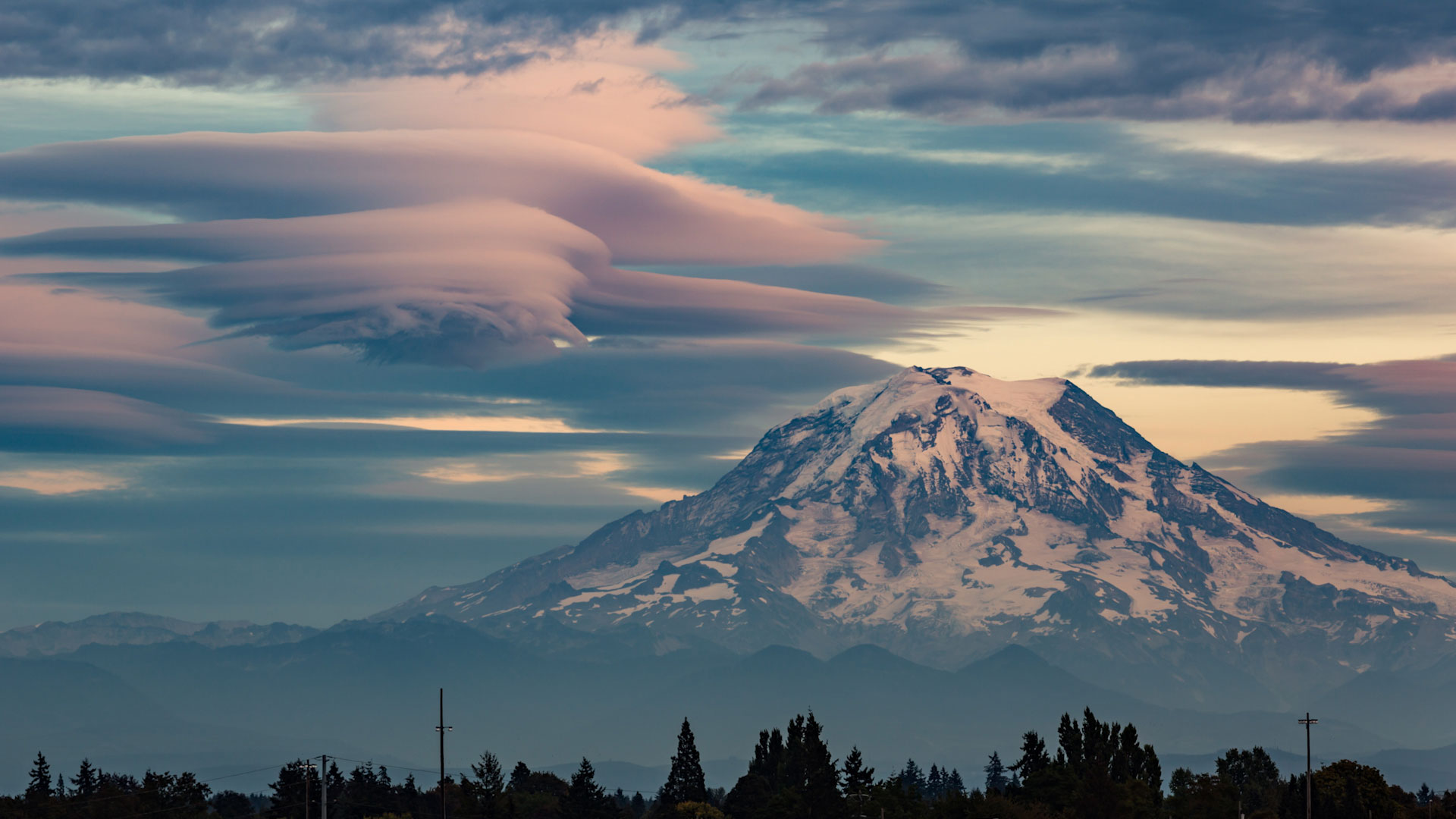
Time-lapse video of lenticular clouds over Mount Rainier, Washington (© Delrious/Shutterstock)
A peak in the clouds
World Meteorological Day brings us to Washington's Mount Rainier, a huge stratovolcano with a habit of creating its own weather systems. Jutting out about 2 miles above the surrounding landscape, its high altitude interrupts the flow of air that comes in off the Pacific Ocean, creating unusual weather such as the saucer-shaped clouds on our homepage. They're called lenticular clouds, and because of their distinctive appearance, they've been suggested as an explanation for some UFO sightings. Thanks for the science of meteorology, we know they're a normal weather phenomenon, commonly occurring on the downwind side of obstructions such as mountains, buildings, or other tall structures.
斋浦尔琥珀堡附近当地妇女正在爬阶梯井,印度拉贾斯坦邦 Local women climbing a stepwell near Amber Fort in Jaipur, Rajasthan, India (© Shanna Baker/Offset)

斋浦尔琥珀堡附近当地妇女正在爬阶梯井,印度拉贾斯坦邦 Local women climbing a stepwell near Amber Fort in Jaipur, Rajasthan, India (© Shanna Baker/Offset)
Celebrating World Water Day
The stepwell that these women are climbing is an apt image to mark World Water Day. Stepwells originated in western India over a thousand years ago as way for locals in that arid climate to easily and reliably access freshwater—even during the driest months. The Panna Meena Ka Kund stepwell in Jaipur is a classic example of the beautiful, regular, geometric architecture used to produce these useful public works. Most stepwells also feature shaded side chambers where locals (primarily women) can gather to escape the heat of the day.
In this image, one can see obvious signs of previous high-water marks on the well's walls as seasonal fluctuations and the changing climate affect water levels throughout the region. The impact of climate change on freshwater accessibility is the theme that the United Nations has chosen for this year's World Water Day. The goal of today's observance is to focus attention and energy not just on those problems, but on potential solutions as well.
Portrait of poet Pablo Neruda projected on building, Santiago, Chile (© Mario Tellez/Anadolu Agency/Getty Images)

Portrait of poet Pablo Neruda projected on building, Santiago, Chile (© Mario Tellez/Anadolu Agency/Getty Images)
It's World Poetry Day
For World Poetry Day, we're seeing the stylized visage of poet Pablo Neruda projected on a building in his native Chile. World Poetry Day was established by UNESCO to acknowledge 'that individuals, everywhere in the world, share the same questions and feelings.' Neruda, a Nobel laureate generally held up by Chileans as their national poet, made his early mark with famously racy love poetry. But his palette of questions and feelings evolved, expanding into surrealism, epic history, and radical politics. His death in 1973 after a bout with cancer was mourned publicly by Chileans—in defiance of newly installed dictator Augusto Pinochet, whom many Chileans link to Neruda's untimely passing.
For World Poetry Day, UNESCO encourages embracing the tradition of reciting poetry for an audience—so keep your eyes peeled for poetry slams and other gatherings of language lovers sure to take place around the world today. Care to prepare? Brush up on your poetry knowledge with today's quiz.
